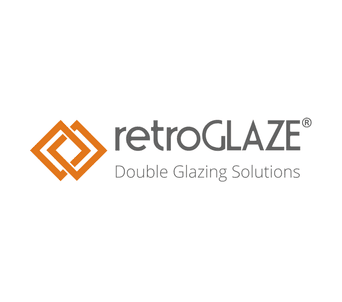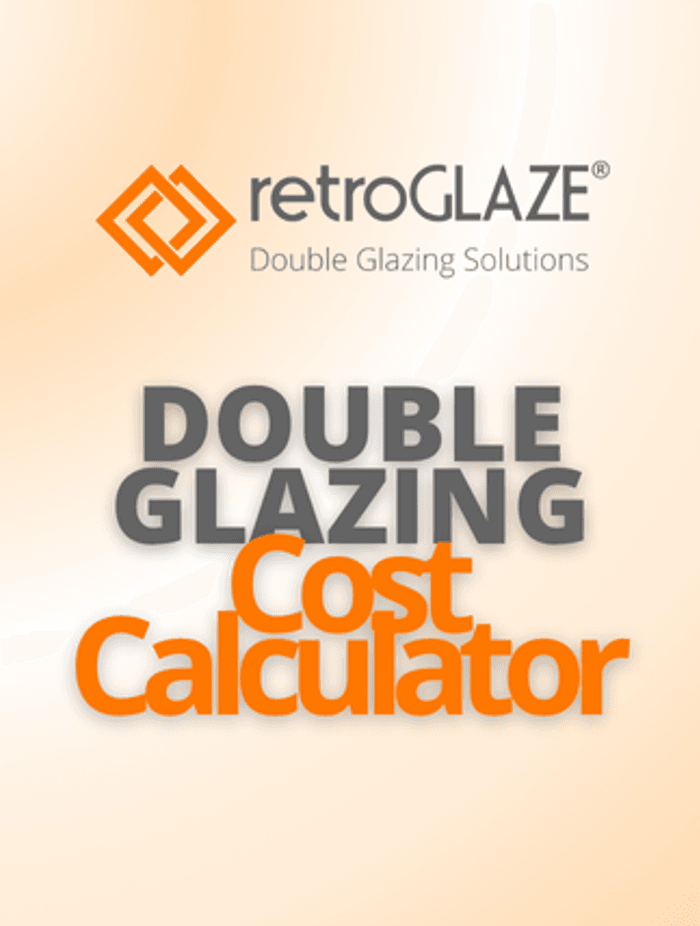The Cost of Double Glazing

The Cost of Double Glazing in New Zealand
Double glazing is one of those upgrades you feel every day. Warmer rooms in winter, less street noise, drier windows in the morning, and a home that simply feels better to live in. The big question is cost. What should you expect, and what actually drives the number up or down?
The truth is, there is no one-size-fits-all price.
A villa with detailed timber sashes will not price the same as a 1990s aluminium joinery home, even if the glass area looks similar. Heritage considerations, finishing requirements, and the type of installation all shift the figure.
Try a quick scenario with our Double Glazing Cost Calculator to see a tailored range for your home.
Also if you're unsure on exactly what your home needs, try our Window Upgrade Advisor tool to get a personalised recommendation.
What shapes the price?
Glass specification
The type of glass chosen makes a real difference to both performance and price:
- Standard double glazing already improves warmth, comfort, and efficiency.
- High performance Low-E glass, like the SuperTherm range, boost insulation and help optimise comfort around your home.
- Laminated or acoustic glass reduces outside noise and creates a quieter interior.
- Safety glass ensures compliance in bathrooms, doors, and other high-risk areas.
Each option increases cost, but the benefits are practical and often immediate.
Access and complexity
Straightforward ground-floor jobs are usually quicker and more economical. Multi-storey homes, properties that need scaffolding, or sites with narrow or difficult access add more labour and time. Location can also play a role, with rural projects involving longer travel and urban sites sometimes restricted by parking or delivery constraints.
Scope and size
The overall amount of glass is the thing that affects cost the most. Large sliding doors, picture windows, and floor-to-ceiling glass will naturally push the budget higher than classic sets of bedroom or lounge windows.
Retrofit double glazing or full replacement windows & doors
Retrofit double glazing keeps your existing frames and typically prices 30 - 40% lower than full replacement, which includes new frames, hardware, and finishing. Many projects sit somewhere in between if some frames are due for an upgrade and others are sound and able to be retrofitted with double glazing. For more information about the difference between retrofit and replacement, read the article here or try our Window Upgrade advisor.
Finishes, colour and repairs
Standard colours and fittings are cost-effective, while premium powder coat finishes, timber stains, or upgraded hardware create a more customised look. These extras allow new windows to blend seamlessly with the rest of the home but naturally lift the budget. Furthermore, if your frames need repairs during the retrofit process, it can drive your price higher.
Want a sense of where your home sits on that spectrum?
Value that shows up every season
- Warmer in winter, cooler in summer
Double glazing reduces heat loss in winter, lowering heating demand and evening out cold spots near windows. In summer, the insulating air gap also helps limit heat coming in, especially when paired with high performance Low-E glass like SuperTherm.
- Condensation and moisture
Drier windows are more than cosmetic. Less moisture helps protect paint, sills, and curtains over time.
- Sound reduction
Laminated and acoustic glass options like SuperTherm Protect™ can take the edge off traffic noise and busy neighbourhoods.
- Comfort and value
Homes that are warm, dry, and quiet feel better to live in every day and hold their value more strongly over time. Quality glazing is an upgrade that buyers increasingly look for.
If you are weighing up a staged approach, start with the rooms you use most or the coldest elevations. Then expand as budgets allow.
Try room by room scenarios with our Double Glazing Cost Calculator
What a typical homeowner can expect
Most homes fall into a predictable range once the details are clear. Room sizes, joinery type, and glass area all influence cost, which is why online averages often miss the mark. The RetroGLAZE Double Glazing Cost Calculator uses your own inputs to create a realistic range for New Zealand conditions and presents a clear summary that shows how your choices move the number. When you are ready to take the next step, our team can guide you through what the results mean for your home and your project.
Ready to explore your numbers?
It takes a minute to plug in the rooms and style of your unique home. You will see a range, a simple breakdown, and the key choices that move the dial, all in one place.
FAQS
Does retrofit cost less than full replacement?
- Typically, yes. Retrofit normally prices 30 to 40% lower because you keep the frames and some hardware.
What adds the most to cost?
- Large panes, high performance Low-E or acoustic glass, and full frame replacement.
Will double glazing help in summer as well as winter?
- Yes. The insulated gap slows heat transfer year round. Pairing with solar-control Low-E double glazing, like SuperTherm Cool™, helps keep rooms cooler in summer.
Does double glazing stop condensation?
- It reduces it significantly, especially with Low-E and warm-edge spacers. Ventilation and heating still matter on cold, damp days.
Why is the calculator range so large?
- There are many variables that go into building the price of a project. The calculator provides an excellent range indication, after which a site visit with a RetroGLAZE® specialist is the sensible step.
How can I get a more accurate estimate
- Book a home consultation with one of our RetroGLAZE® Partners. You'll be able to clarify any questions, and receive a comprehensive project proposal.




